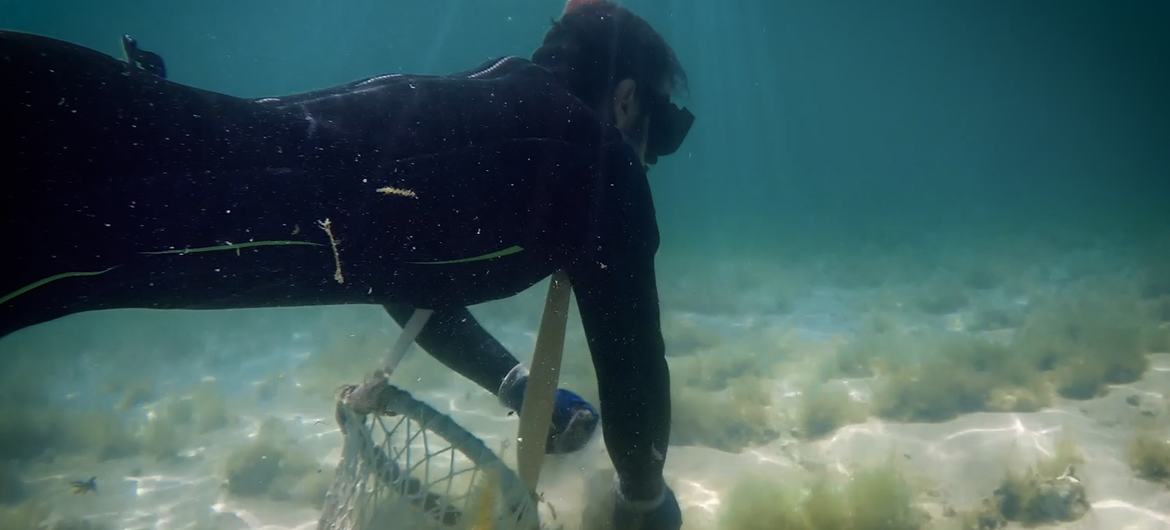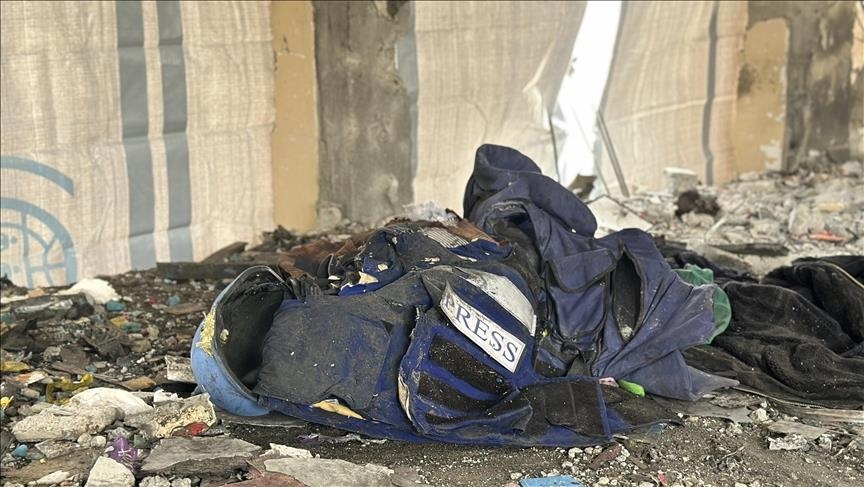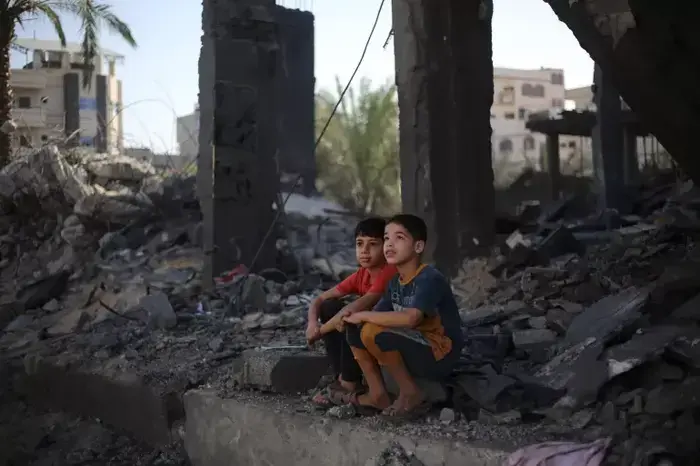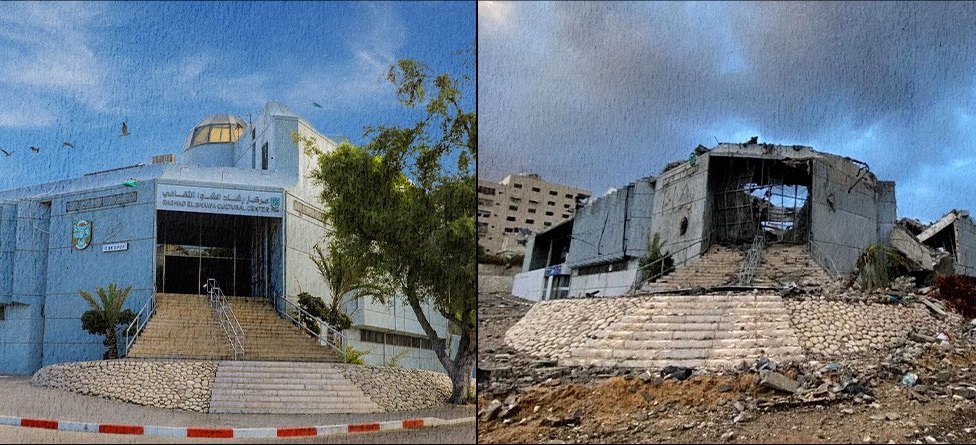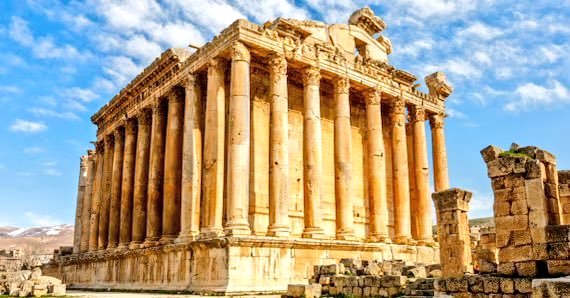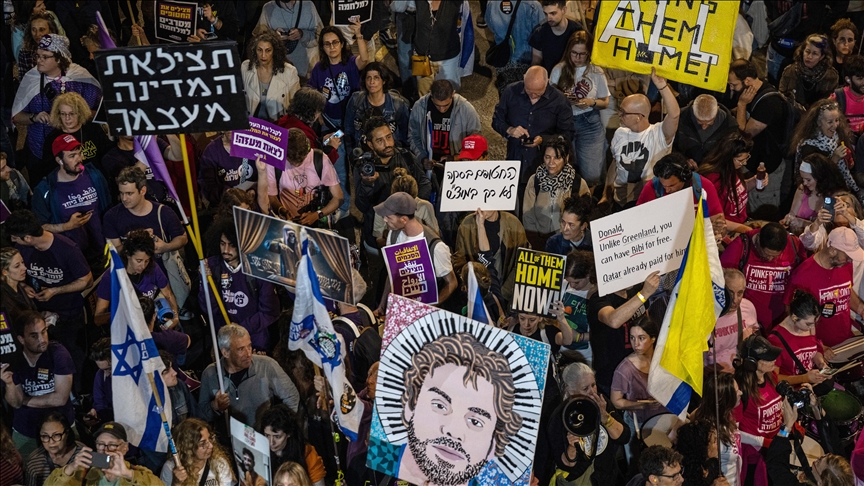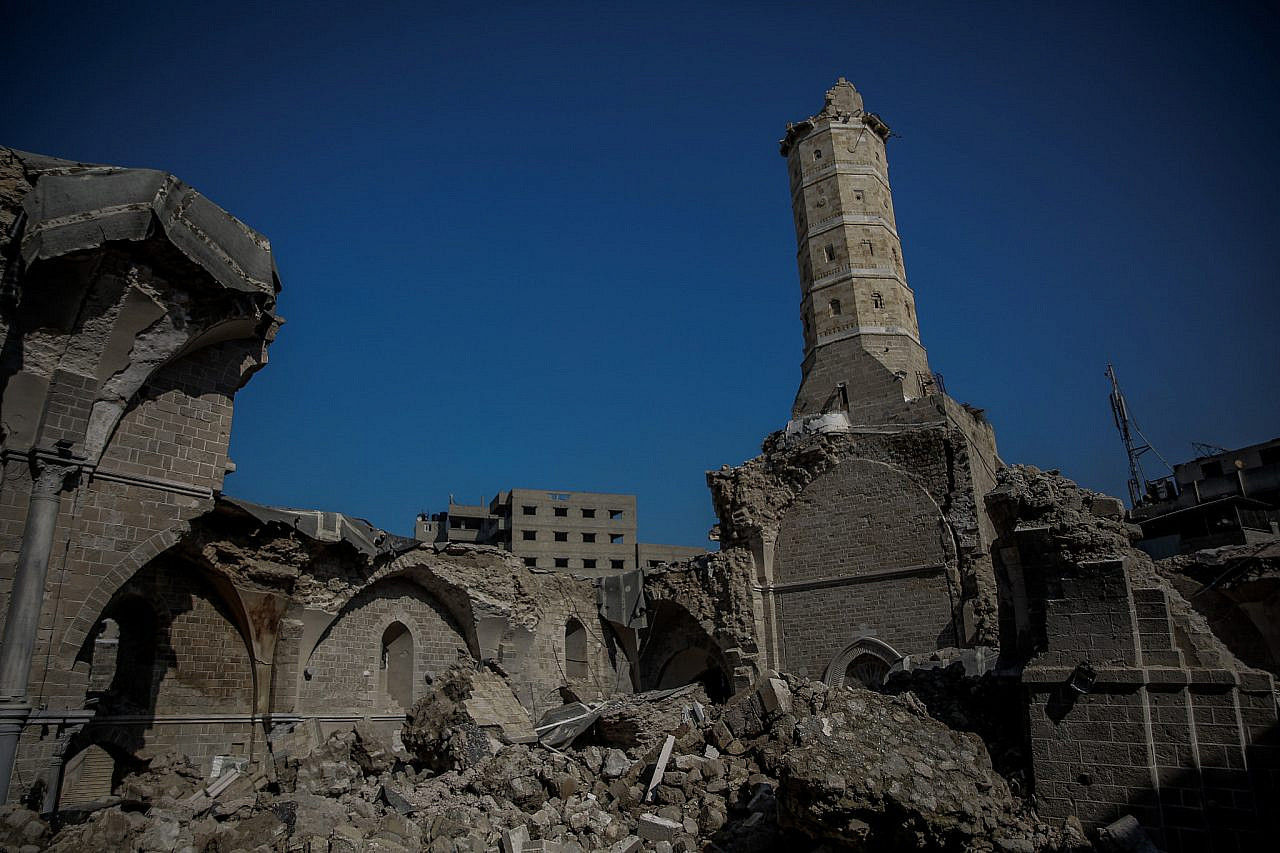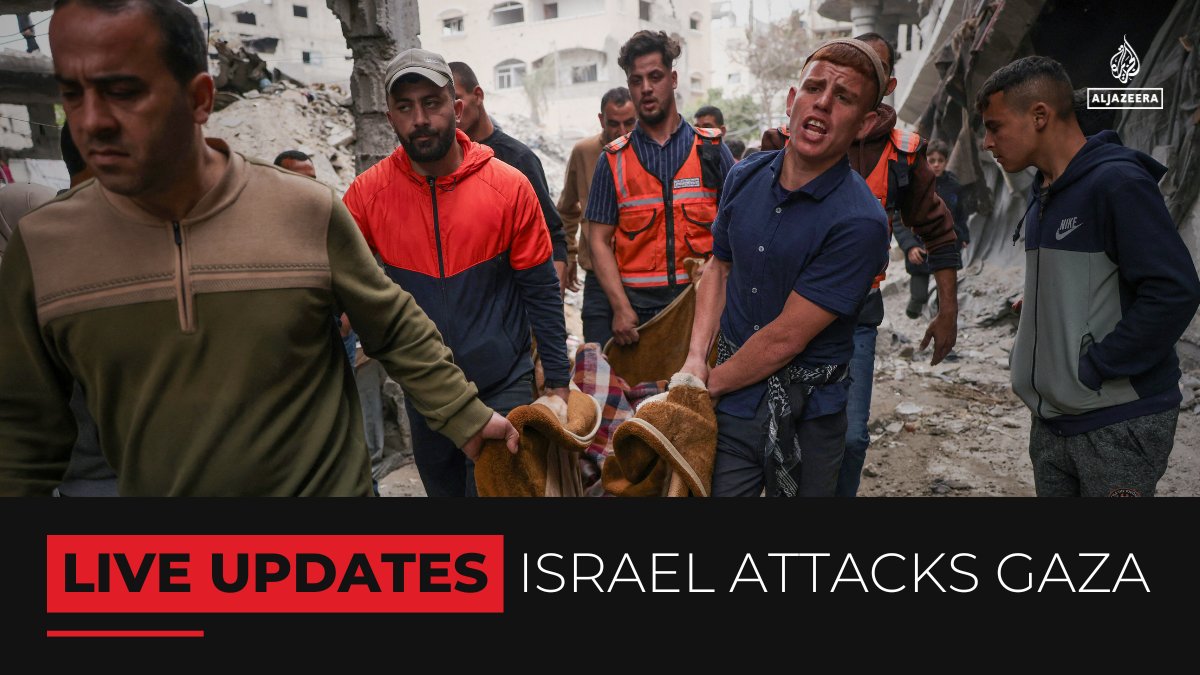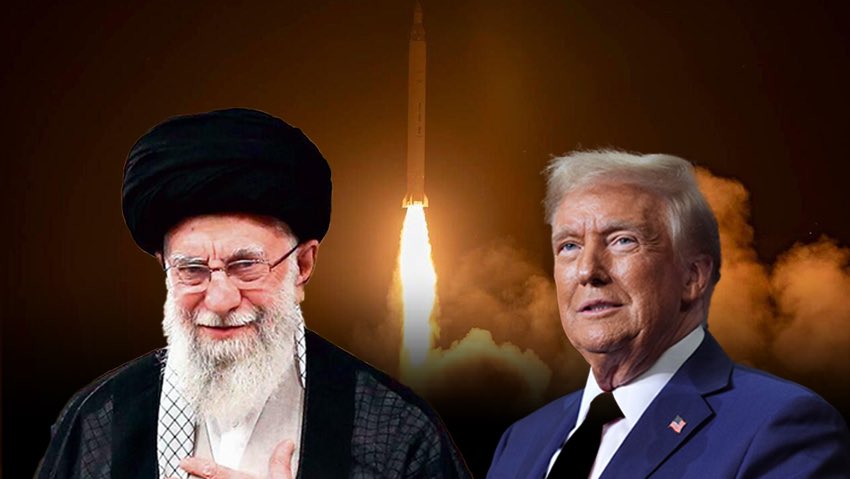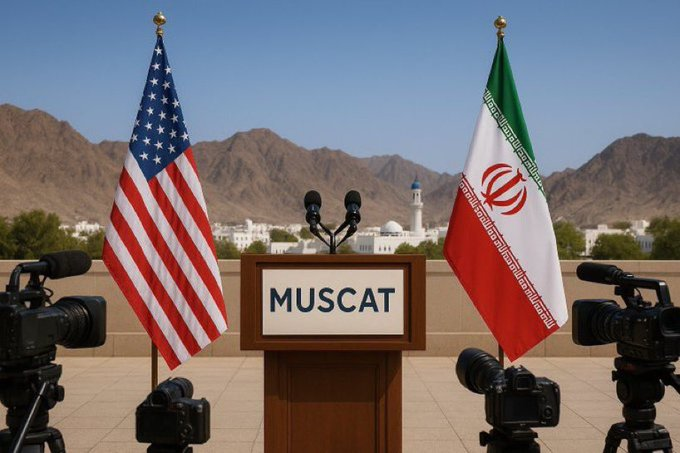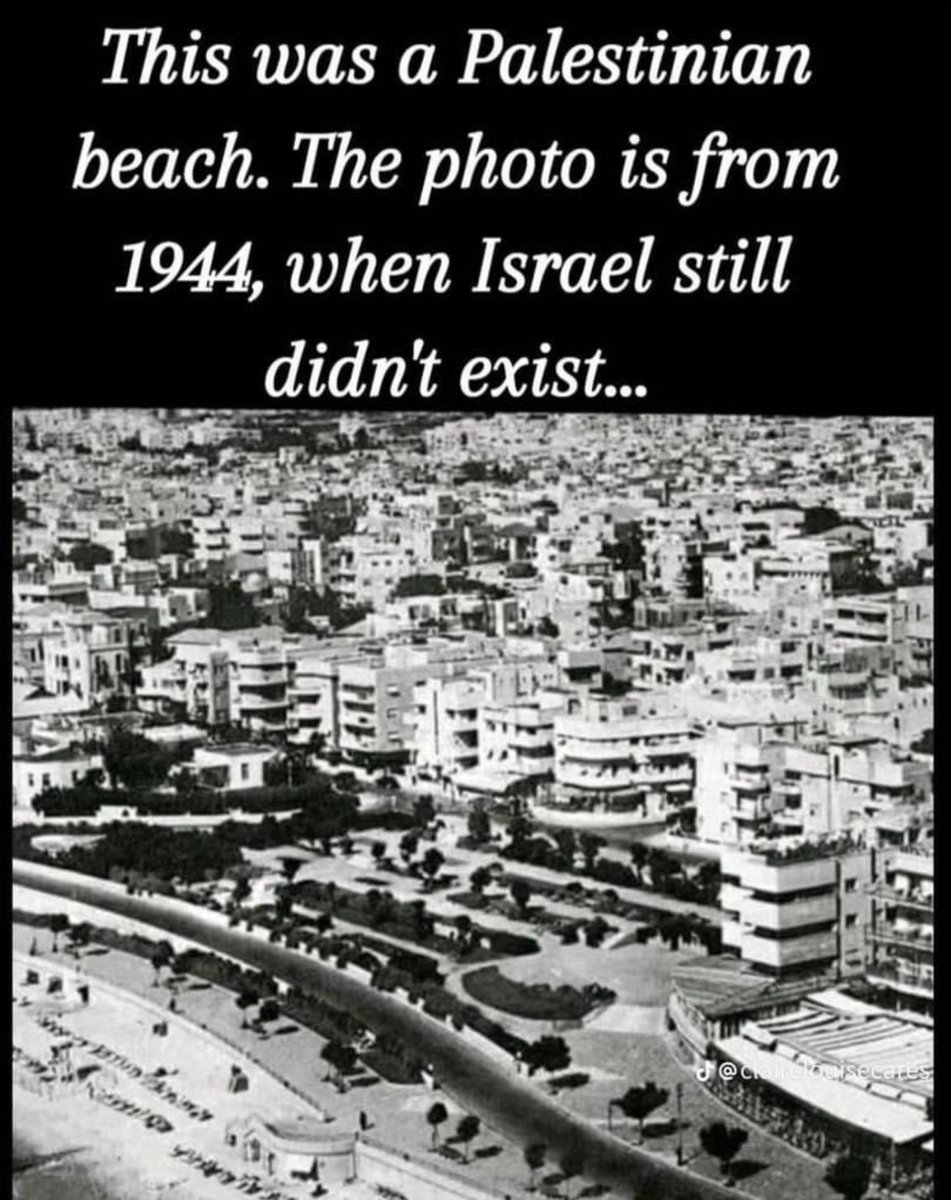Bahrain Revives Its Pearling Legacy
Bahrain, with its shallow waters and rich oyster beds, has long been synonymous with pearls, which formed the backbone of the island nation’s economy for thousands of years. Diving for pearls, otherwise known as pearling, remains part of the country’s cultural DNA.
“I always say that all Bahrainis have pearl diving in their blood,” Mohamed Alslaise, a pearl diver and field researcher for the Bahrain Institute for Pearls and Gemstones (DANAT) tells UN News. “Almost all the families that moved from the Arabian Gulf or Iranian coast to Bahrain were divers.”
Mr. Alslaise is passionate about preserving and reviving this age-old tradition, notes that many families in the Gulf nation have a member who was either a pearl diver or contributed in some way to the pearl diving industry.
Pearling in the Persian Gulf shaped Bahrain’s economy for thousands of years but, following a peak around the turn of the 20th century, the perfection of cultured pearls by Japan in the 1930s caused a sharp and devastating decline in the industry.
Khaled Salman, a diver since the 1970s, explains that while diving continues, it’s no longer done in the old way.
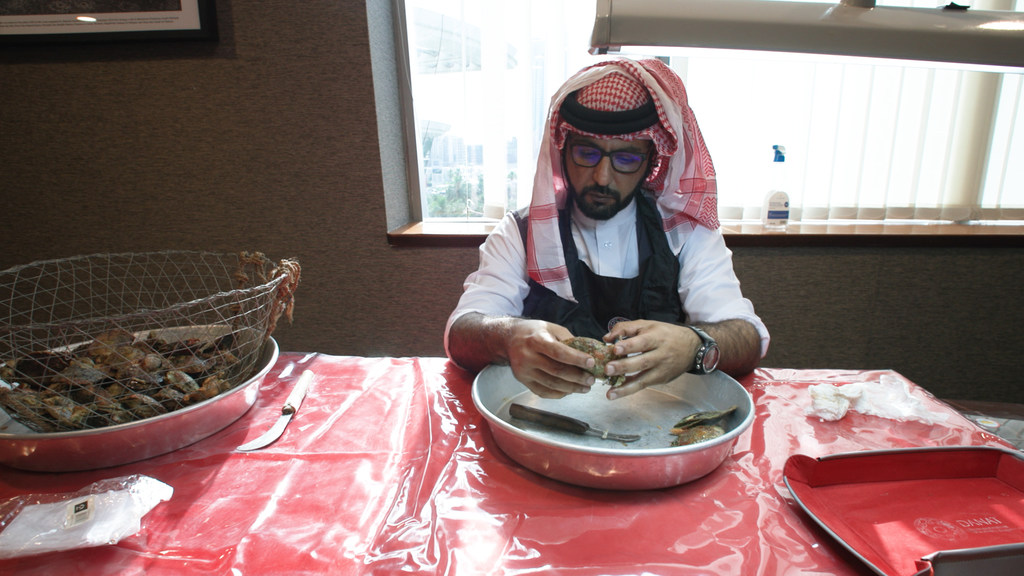
UN Video/Hisae Kawamori
Bahraini diver, Mohamed Alslaise extracting pearls from oysters.
“Nowadays, larger quantities are extracted due to advancements in technology, allowing divers to stay underwater for longer periods. In the past, a diver would stay underwater for four minutes, but now scuba divers can remain underwater for an hour or more.”
Due to lower pearl prices, Salman notes, “Many people don’t sell the pearls they extract; they store them until prices rise and then sell them to traders in Bahrain.”
Some pearls are used in local industries, while others are marketed outside Bahrain. He also highlights three types of pearls: synthetic, cultured, and natural, adding that “distinguishing between these types requires experience and modern equipment.”
The decline in pearling also affected Bahrain’s shipbuilding industry. Abdulla, a designer of wooden ships and boats for over 35 years, shares his perspective: “Bahrain is famous for its shipbuilding industry, which was integral to pearling. There are several types of ships, varying by design, but now smaller ships are used for pearling due to decreased demand.”
The wood for shipbuilding is imported from Africa and Singapore, and, says Abdulla, the lifespan of a ship can extends beyond 100 years.

UN Video/Hisae Kawamori
Abdulla, a designer of wooden ships and boats for over 35 years.
Folklore, songs and tradition
“Most Bahraini traditions are connected to the pearl diving industry. For instance, the pearl diving songs,” says Mr. Alslaise. “The folklore of pearl diving has been passed down for generations. We still sing the same songs, which were originally sung to boost morale on the boats.”
Bahrain’s historic pearling site, known as the Pearling Path, has been inscribed as a World Heritage Site by the United Nations Educational, Scientific, and Cultural Organization (UNESCO). The site testifies to the pearling tradition and the wealth it generated in the Gulf region for millennia.
According to UNESCO, the area consists of 17 buildings in Murharraq city, three offshore oyster beds, part of the seashore and the Qal’at Bu Mahir fortress on the southern tip of Muharraq Island, from where boats used to set off for the oyster beds.
There are shops, storehouses, a mosque, and the homes of wealthy merchants in the area. According to UNESCO, the location is the only complete example of the pearling cultural tradition and the wealth it produced during the period when the Gulf economy was dominated by trade from the second century until Japan developed cultured pearls.
It also constitutes an outstanding example of traditional utilization of the sea’s resources and human interaction with the environment, which shaped both the economy and cultural identity of the island’s society.

UN News/ Abdelmonem Makki
A band performing a pearl diving song in Bahrain. The folklore of pearl diving has been passed down for generations.
Pearling is back
“I am one of the people who fell in love with pearl diving without any guidance from my parents or family,” Mr. Alslaise. “The generation before us was not allowed to dive when they were young because, after oil was discovered, all the jobs shifted to the oil industry.”
According to Mr. Alslaise, since 2017, when Bahraini authorities introduced pearl diving licenses, many people who signed up had no prior knowledge of pearl diving.
“Now, seven years down the line, many Bahrainis have reconnected with this heritage. Over 1,000 divers are now registered and dive regularly to create an income for themselves.”

